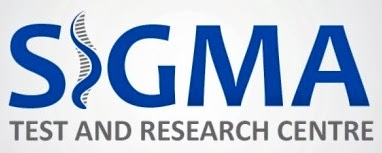The luminance at the surface shall be minimum 500 lx. If required to obtain a good contrast and relief effect between imperfections and background, an additional light source should be used.
For performance of direct inspection, the access shall be sufficient to place the eye within 600 mm of the surface to be inspected and at an angle not less than approximately 30degree. If not otherwise agreed all weld connections in question should be 100% visually inspected.
The testing volume shall as a minimum cover the zone which includes welds and parent metal for at least 20 mm on each side of the weld. In case of doubt, visual testing should be supplemented by other non-destructive testing methods for surface inspections.
The weld surface shall be free of weld spatter, slag, scale, oil, grease, heavy and loose paint or other surface irregularities which might avoid imperfections from being obscured. It can be necessary to improve the surface conditions e.g. by abrasive paper or local grinding to permit accurate interpretation of indications.
originally found here:-
http://www.ndtindia.org/visual-inspection.html







